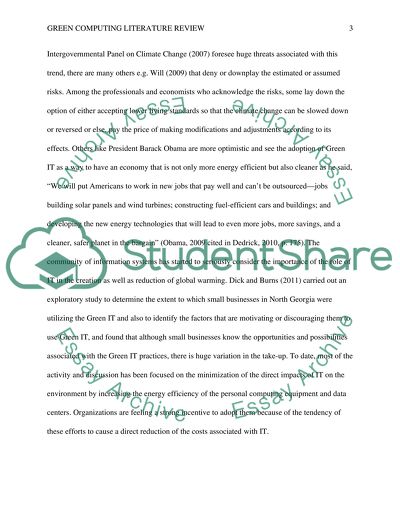Cite this document
(“Green Computing Literature Review Research Paper”, n.d.)
Green Computing Literature Review Research Paper. Retrieved from https://studentshare.org/information-technology/1479868-green-computing-literature-review
Green Computing Literature Review Research Paper. Retrieved from https://studentshare.org/information-technology/1479868-green-computing-literature-review
(Green Computing Literature Review Research Paper)
Green Computing Literature Review Research Paper. https://studentshare.org/information-technology/1479868-green-computing-literature-review.
Green Computing Literature Review Research Paper. https://studentshare.org/information-technology/1479868-green-computing-literature-review.
“Green Computing Literature Review Research Paper”, n.d. https://studentshare.org/information-technology/1479868-green-computing-literature-review.


